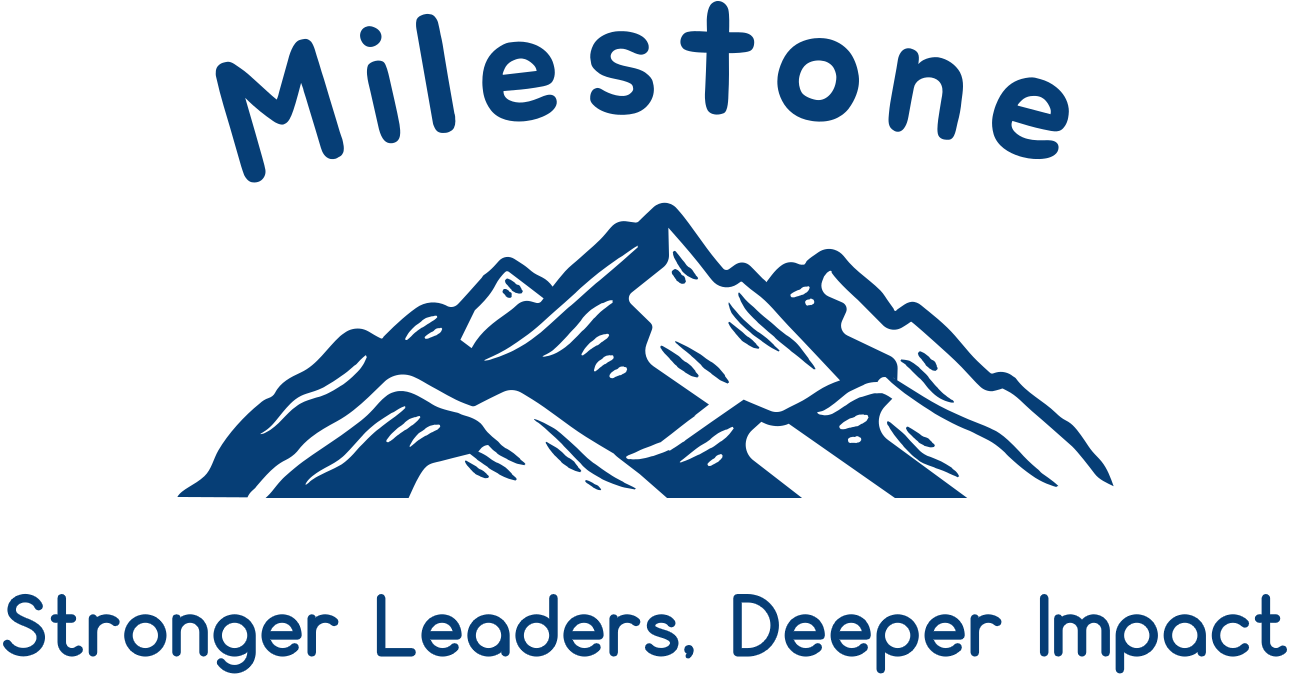A Leader’s Most Important Resource: Time
It’ a mistake to think about time management as if we can somehow create more of it. But all of us only get the same 24 hours in a day, 7 days in a week and 52 weeks in a year. What separates effective leaders from the rest isn’t access to more time, it’s clarity about how to use it.
Time isn’t really a calendar problem and it’s not something we can solve by finding the perfect morning routine or a new productivity hack. It’s really a clarity problem; the more aligned we are on what matters, the easier it becomes to decide what doesn’t.
If you have read “4,000 Weeks: Time Management for Mortals” (and you should!), you know that time isn’t a problem to solve; rather it’s more of your relationship with time that you need to right. When we start being intentional with time, our choices begin to reflect our values and priorities.
Time is a Reflection of Priorities
If you really want to understand someone’s priorities (and perhaps values), look at their calendar. How we spend our time says more about what we’re focused on than our task list, our strategy document or our mission statement.
We can’t claim to put people first if we never make time for them. And we can’t say that innovation matters if our schedule doesn’t allocate time for reflection, exploration, or learning.
In that sense, how we spend our time is less a resource to manage and more a reflection of our true priorities, not the priorities we say (or wish) we had.
Why Time Feels Scarce
Leaders that I talk to often complain that there’s never enough time. The pace of work, constant email/text/and other messages, and endless interruptions make every day feel shorter than 24 hours.
But I don’t think time is scarce because there’s too little of it; rather, I think that it feels scarce because we often let it lead us by forcing us to react, instead of taking the opportunity to be more intentional.
We’ve probably all been there; when we have so many urgent priorities on our list, that its hard to determine what’s important. But with apologies to the Eisenhower Matrix, the solution isn’t efficiency, it’s clarity about what’s important.
And when we have clarity and are intentional about how we spend our time accordingly, we’ll make more impact, be more aligned and feel less stress.
Clarity, Balance, and Presence
Time is only as valuable as the energy we bring to it. An energized, focused hour is worth far more than one spent tired or distracted. When we’re exhausted, stressed, or misaligned, even the best-organized calendar can’t make our time meaningful.
Wellness isn’t really separate from leadership; it’s what allows us to get the most from our time. Don’t think of sleep, movement, reflection, and connection as nice-to-haves; think of them as essential practices for sustained performance.
These practices give us the clarity, energy, and resilience to lead intentionally instead of reactively. But, interestingly, the goal isn’t to fit more stuff in; instead, the goal is to create balance between driving outcomes and maintaining the capacity to keep leading effectively.
When we show up rested, aligned, and supported, it’s really a force multiplier. We start prioritizing and protecting the moments in our calendar that matter most, whether that’s a 1:1 with a team member, a run that allows some reflection time, or an hour of deep work that moves something important forward.
The Milestone Takeaway
Time is at the intersection of clarity, resilience, and balanced impact. Clarity helps us see and remember what matters most. Resilience and impact grow when we use time in ways that replenish our energy rather than always depleting it. And balanced impact comes from aligning how we spend time with how we want to live and lead our organizations.
Time is the only resource we can’t replenish, but we can invest it intentionally .
So, with all of that in mind, here’s a question to ask ourselves:
If someone looked at your calendar this week, would they understand what matters most to you?
